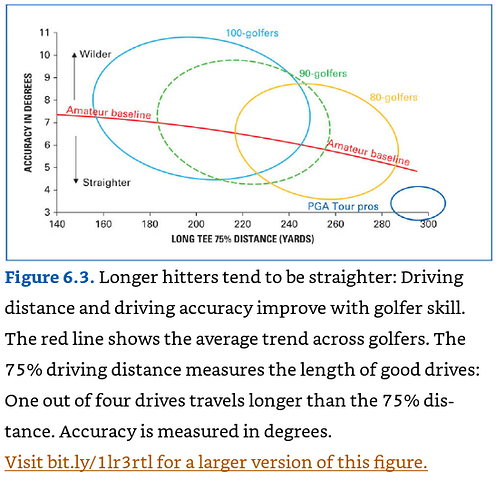Im assuming you are playing a draw… dog leg left means the fairway curves with your shot shape, so a good strike down the middle can clear the corner and follow the turn…
Dogleg right means you ball clears the inside corner and starts heading towards the outside corner and trouble… I have the same issue but the other direction.
I view my options as follows:
-
Can I cut the corner? This works better with doglegs that go against your shot shape. I love cutting left doglegs because my miss tends to be short and right, which usually puts me at the bend.
-
If I can’t cut the corner, I hit to the turn. Three wood or hybrid… as far as I can without going through.

